Hello, I’m excited to share with you about the seven types of woodpeckers that call New Jersey home.
Woodpeckers are fascinating birds that are known for their unique behavior and striking appearance.
In this article, we’ll explore the different types of woodpeckers found in New Jersey, their characteristics, and where you can spot them.
So whether you’re a seasoned birder or simply curious about the birds in your backyard, keep reading to learn more about these beautiful and intriguing creatures.
| Image | Name |
|---|---|
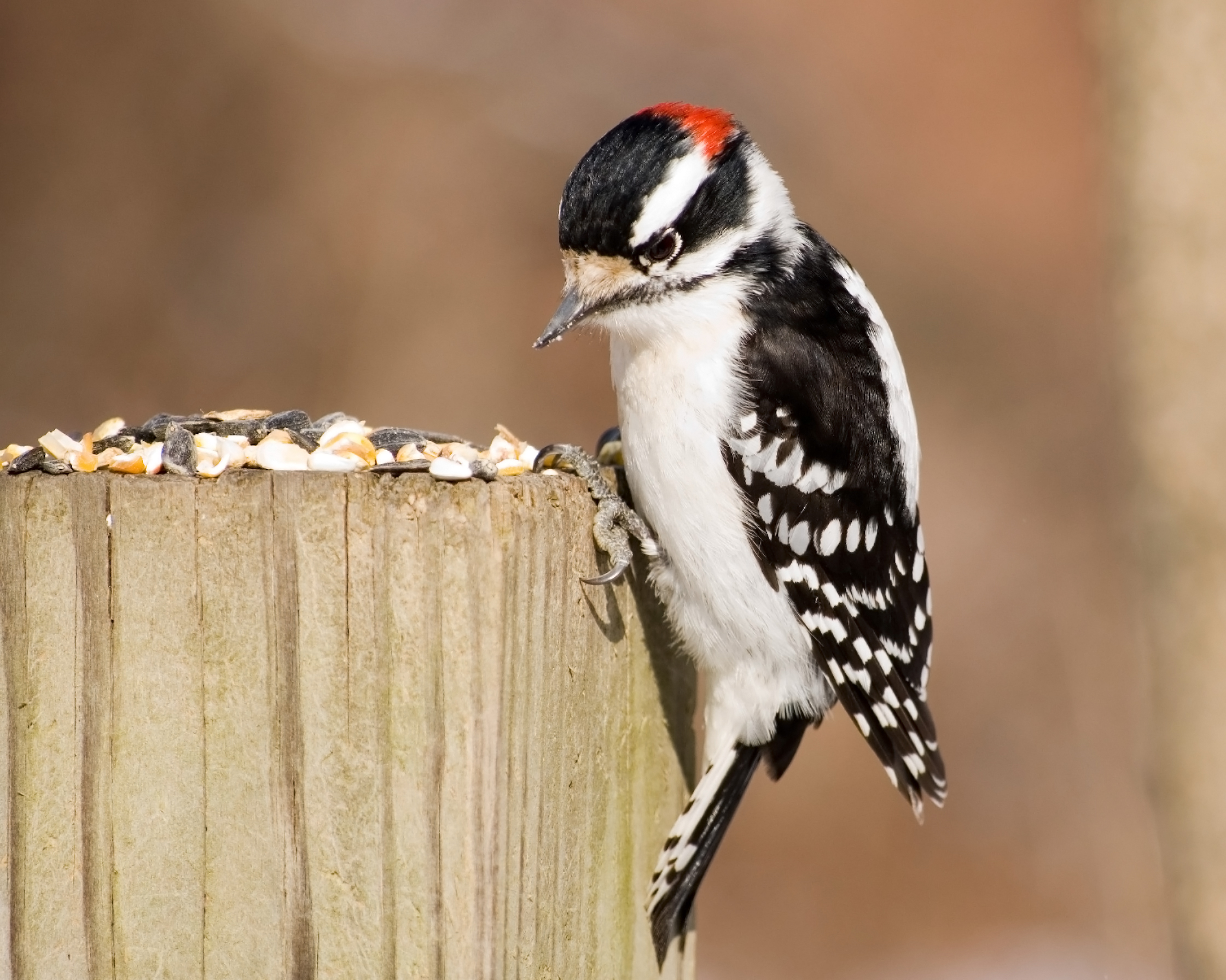 | Downy Woodpecker |
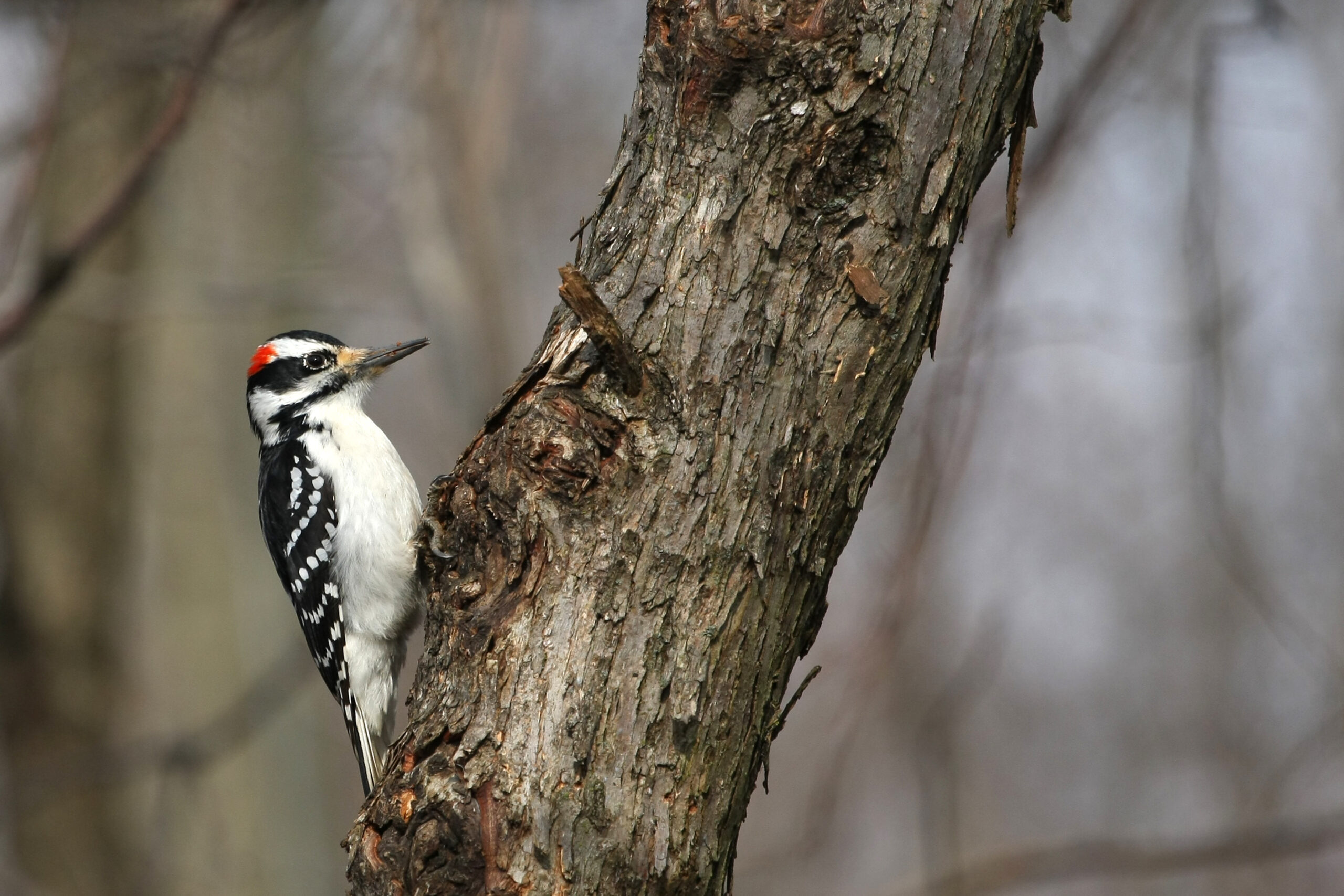 | Hairy Woodpecker |
 | Northern Flicker |
 | Pileated Woodpecker |
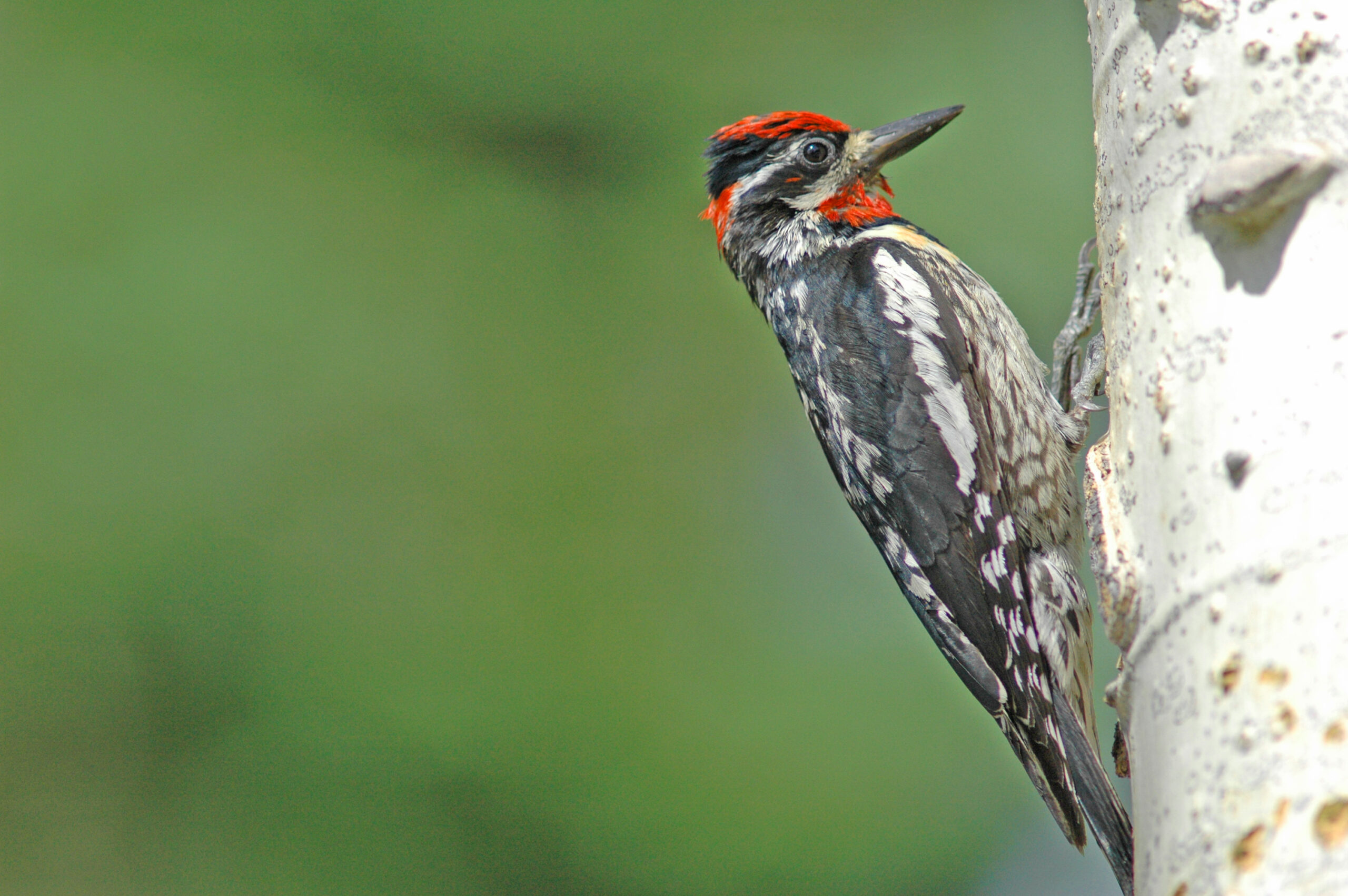 | Yellow-Bellied Sapsucker |
 | Red-Bellied Woodpecker |
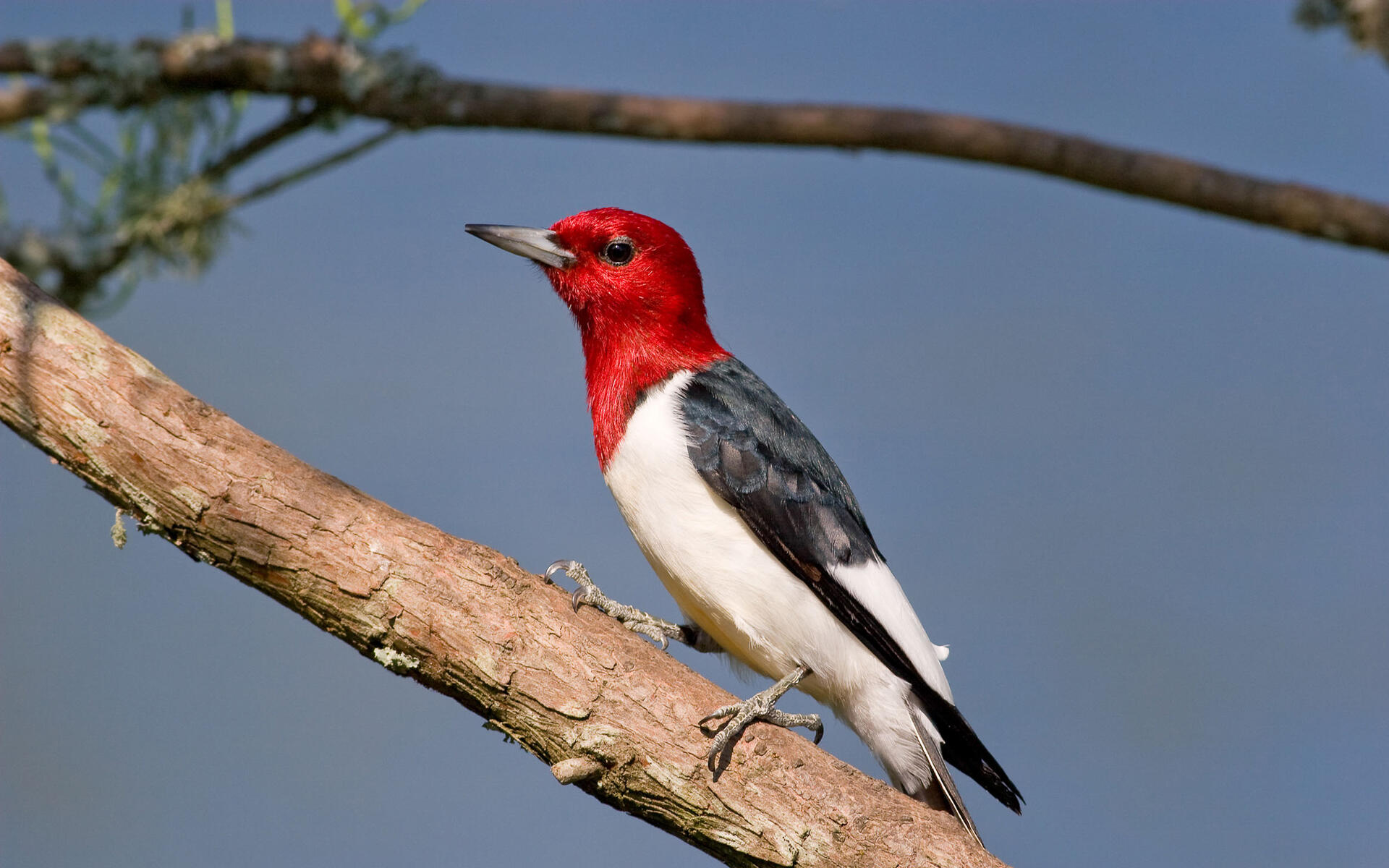 | Red-Headed Woodpecker |
Types of Woodpeckers in New Jersey (NJ)
1. Downy Woodpecker

If you’re looking for the tiniest woodpecker throughout New Jersey, go no further than the Downy Woodpecker.
It has done well to acclimatize human habitation and can be spotted all around the state.
The downy quality of its back is the inspiration for its endearing moniker.
Their wings include bold light and dark bands, and their backs are white with a wide white line.
The males may be identified by the prominent red dot on their backs, while the females’ markings are more subdued.
Its primary mode of transportation is by adhering to tree surfaces.
Zygodactyl feet, shared with other woodpeckers, with two forward-facing toes and two backward-facing toes.
While foraging for food, they may cling to the edge of a tree using their feet.
Although larger woodpeckers can’t reach the ends of smaller branches, these smaller birds can, making them ideal foragers of a variety of nuts and berries.
2. Hairy Woodpecker
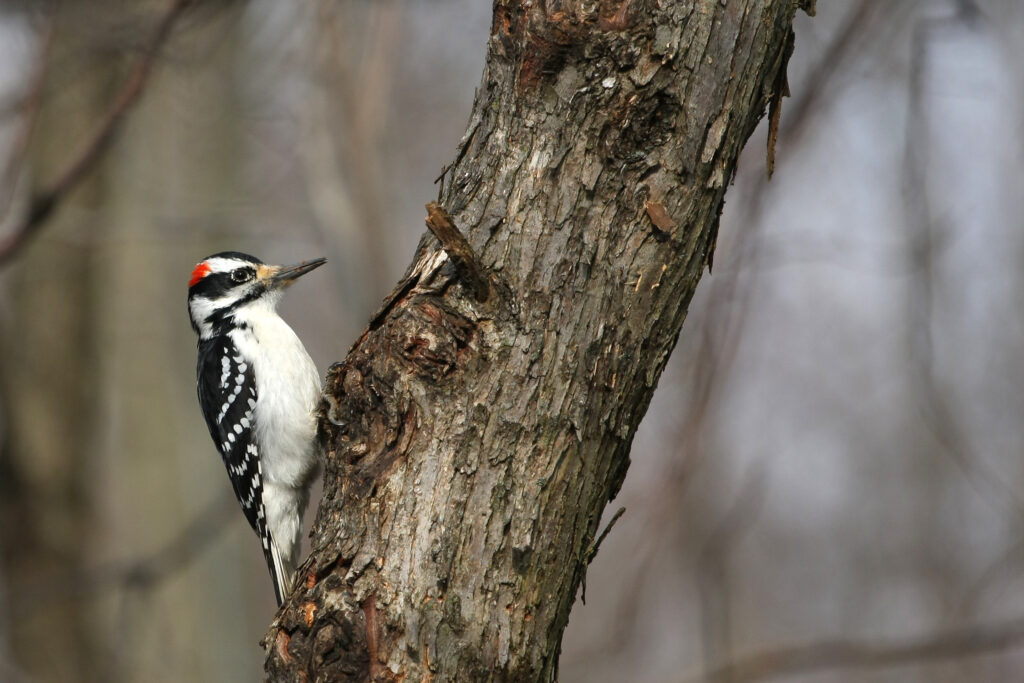
The Hairy Woodpecker and the Downy Woodpecker are quite identical at first sight; both species possess black-and-white striped plumage and a red mark on the nape.
The fact that they both live in New Jersey does not help matters; however, there are some important distinctions between the two.
Because of its bigger beak and all-white tail plumage, the Hairy Woodpecker presents a special challenge to amateur ornithologists.
Insects make up the bulk of their food, but it also gets some of their nutrition from plants and is hence more prevalent in older, more established woods.
This woodpecker species get along nicely with its relatives and even benefits from them.
Pileated Woodpeckers’ loud hammering attracts them because they know it will lead them to an easy meal.
The Hairy Woodpecker might look inside the large holes left behind by the Pileated Woodpecker and catch any insects that were missed.
In the same way, as Sapsuckers do, they’ll stick along those same paths to find even more convenient sources of nourishment.
Pecking at the Sapsucker’s leftover sap and digging holes in sugar cane in quest of the sweet liquid lends credence to the theory that these birds have a sweet taste.
3. Northern Flicker

The Northern Flicker is a year-round resident of New Jersey; however, the birds observed in the wintertime are different from those spotted in the summer and spring seasons.
The state’s winter birds spend the summer farther north, while the summer birds migrate south during the wintertime.
The majority of the time, they may be seen walking around on lawns looking for ants.
Their underwings shine a bright yellow while in flight.
It is a regular visitor at bird feeders and other urban hotspots due to its widespread urban distribution.
Insects like ants and grubs make up the bulk of this woodpecker’s diet; however, it may also eat nuts and berries.
Northern Flickers are the most probable bird to be seen climbing straight up a tree trunk.
In addition to its zygodactyl feet, which provide it with a firm grip, the bird also possesses strong, pointy tail plumes that stick out at an ideal angle.
Moreover, it is one of only three migratory species of woodpeckers.
4. Pileated Woodpecker

The Pileated Woodpecker is known for its loud, boisterous cry that can be heard from great distances and has been likened to something from ancient times.
While its brilliant red crest makes it easily recognized, this bird is surprisingly elusive and difficult to see.
Because of their scarcity in the Garden State, seeing one is a special treat for ornithologists.
You probably won’t miss having a pair of these woodpeckers in the yard.
When it looks for its preferred food—carpenter ants—this bird leaves behind big, rectangular cracks in the trees.
The Pileated Woodpecker is the biggest woodpecker across New Jersey and the rest of North America.
Several other kinds of birds, not just their own, benefit greatly from the holes it makes in the ground.
Its slow, fast, slow pounding draws other birds, such as the Hairy Woodpecker, because of its unique rhythm.
The prevalent belief that this bird holes into living trees is incorrect; instead, it likes to drill into dead and rotting logs with weaker bark in order to access termites and ants.
Since people have gradually encroached onto its habitat, this species has been gradually expanding its range to include parkland and woodlots on the outskirts of major towns.
Their numbers are growing, and more sightings are reported each year, so although they are still uncommon in Garden State at the moment, that may change.
5. Yellow-Bellied Sapsucker

The Yellow-bellied Sapsucker was formerly common in the region, but its population has since declined due to human activities such as deforestation and the application of pesticides.
Efforts are being undertaken to maintain this species in New Jersey, where there is a big colony that has expanded over Stokes State Forest in Sussex County.
This woodpecker makes a lot of noise because of its cat-like cries and its staccato pounding on tree trunks.
The Sapsucker’s job is to make tiny cracks in the bark of trees so that the sap may flow out, as suggested by the name.
The pleasant sap attracts a variety of insects, including ants, and the bird will visit the wells on a regular basis to feed on it.
They will still use the more conventional woodpecker method of extracting insects from trees by drilling into the trunk and then snatching them out with their sticky tongues, but they are not limited to this method.
6. Red-Bellied Woodpecker
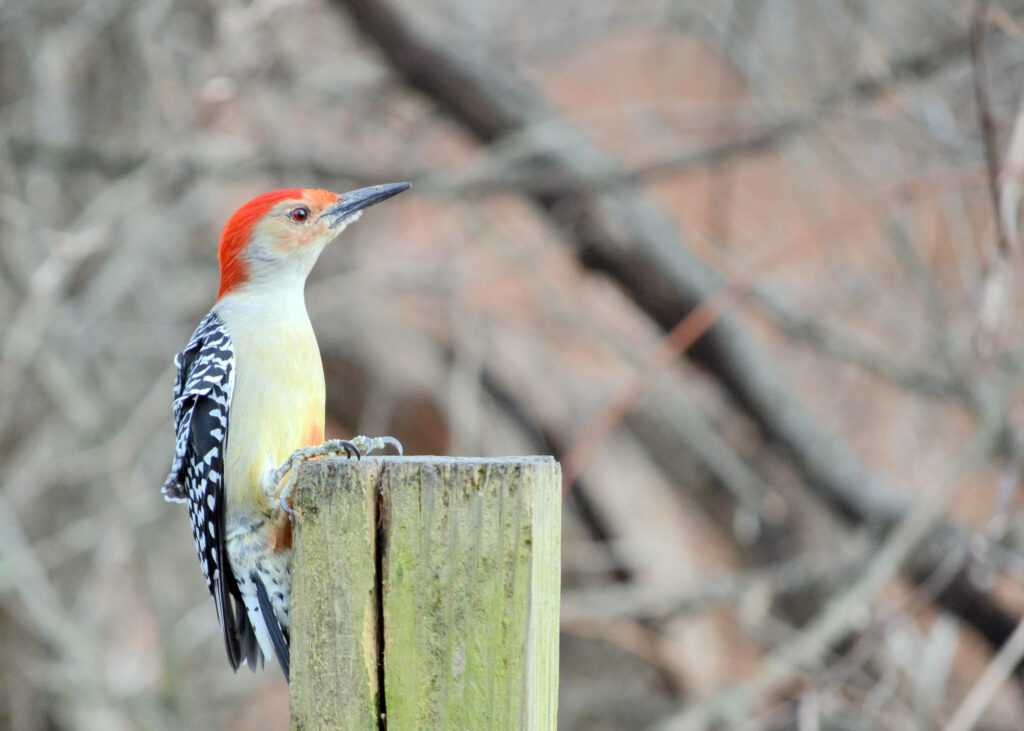
The Red-bellied Woodpecker formerly flourished over the Northeast, but its numbers have plummeted since the 1860s when woods began to be cut down.
They are a common nesting sight in the state of New Jersey.
The crimson flush on its abdomen only appears during the mating season; thus, the name is a little misleading.
It’s cloudy and dull for the remainder of the year.
The red on this bird is perhaps most noticeable on its head and neck, and it remains there all year.
Their vocalizations range from trills and giggle to rhythmic pounding on tree trunks.
This bird, like other woodpeckers, possesses a tongue with a hooked tip and sticky saliva that it uses to get into cracks in tree bark and eat insects.
As a possible evolutionary benefit to heterosexual couples, men possess a larger and wider-tipped tongue than females.
Each person would have a somewhat varied range of options for foraging inside their zone, increasing the total amount of food available.
This eventually produces offspring that are both physically and sexually dimorphic.
7. Red-Headed Woodpecker
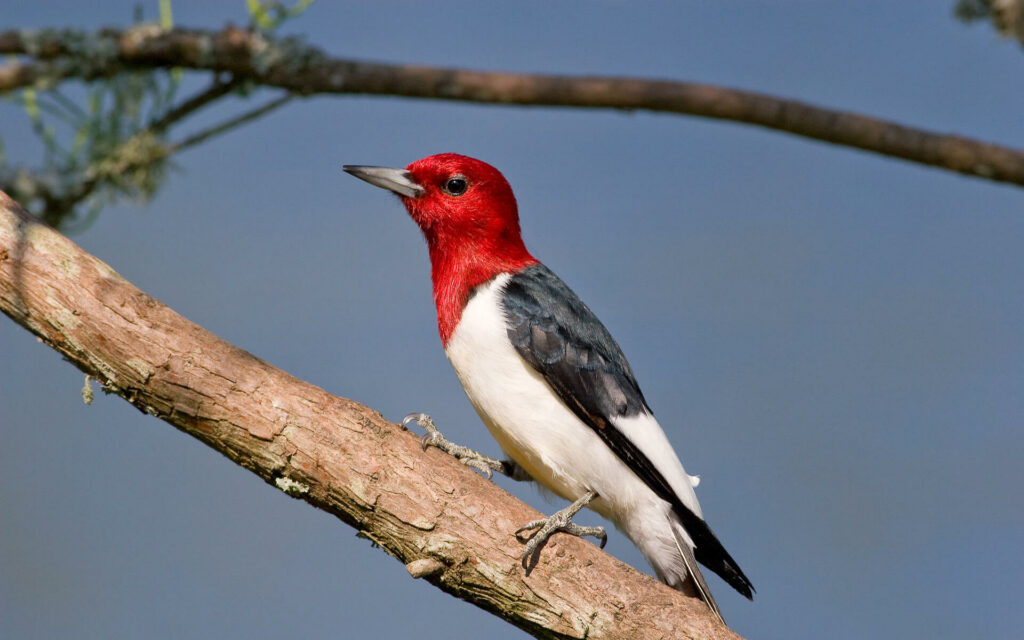
There is no more cherished New Jersey bird than the Red-headed Woodpecker.
They have been under state protection for many years, and their likeness appears on numerous conservation vehicle plates.
It breeds sporadically inside the state, and when it does, it’s cause for celebration amongst local ornithologists.
When reaching adulthood, the males get bright red hair.
Juveniles are easily identifiable by their brown heads and lackluster, camouflaged feathers until they reach maturity.
This woodpecker catches its prey in a rather unconventional way.
It still drills for insects, but it can also grab them in mid-flight and store them in tiny cracks.
Sometimes they’ll even push live grasshoppers in there to save for later and then cover them up with bark or leaves.
They have striking patterns, are immediately recognizable, and are constantly moving around.
Red-headed woodpeckers may be seen in different habitats, such as open pine forests, tree rows in farming regions, and standing wood around beaver marshes and other waterways.
As they establish themselves in a new area, they protect it ferociously, going so far as to remove the eggs of many other birds from nests and even pierce duck eggs.
As a result, the Red-headed Woodpecker became the Cherokee Indians’ battle emblem and would remain so for hundreds of years.
Conclusion
In conclusion, New Jersey is home to a diverse array of woodpeckers, each with their unique characteristics and behaviors.
From the striking red-headed woodpecker to the elusive and rare black-backed woodpecker, these birds provide a wonderful opportunity for birdwatchers and nature enthusiasts to appreciate the beauty of the natural world.
By understanding and protecting the habitats of these woodpeckers, we can ensure that future generations can continue to enjoy their presence and the benefits they provide to the ecosystem.
So, the next time you’re out in the woods or even in your own backyard, keep an eye out for these magnificent birds and take a moment to appreciate their unique beauty and importance to our natural world.
FAQ
What is the largest woodpecker found in New Jersey?
The pileated woodpecker is the largest woodpecker found in New Jersey, measuring up to 19 inches in length.
What is the smallest woodpecker found in New Jersey?
The downy woodpecker is the smallest woodpecker found in New Jersey, measuring only about 6-7 inches in length.
What do woodpeckers eat?
Woodpeckers primarily eat insects, but they also feed on fruits, nuts, and seeds.
Are woodpeckers beneficial to the ecosystem?
Yes, woodpeckers are beneficial to the ecosystem as they help control insect populations, create nesting sites for other birds and animals, and contribute to the overall health of forest ecosystems.
Where can I go to see woodpeckers in New Jersey?
Woodpeckers can be found in wooded areas throughout New Jersey, including state parks, wildlife refuges, and nature preserves. Keep an eye out for dead trees or stumps, as these are often used by woodpeckers for nesting and foraging.
Last Updated on May 12, 2023 by Lily Aldrin
